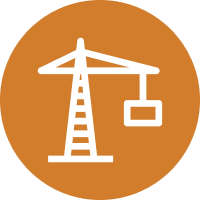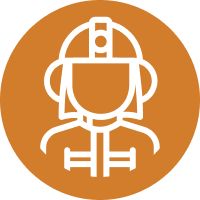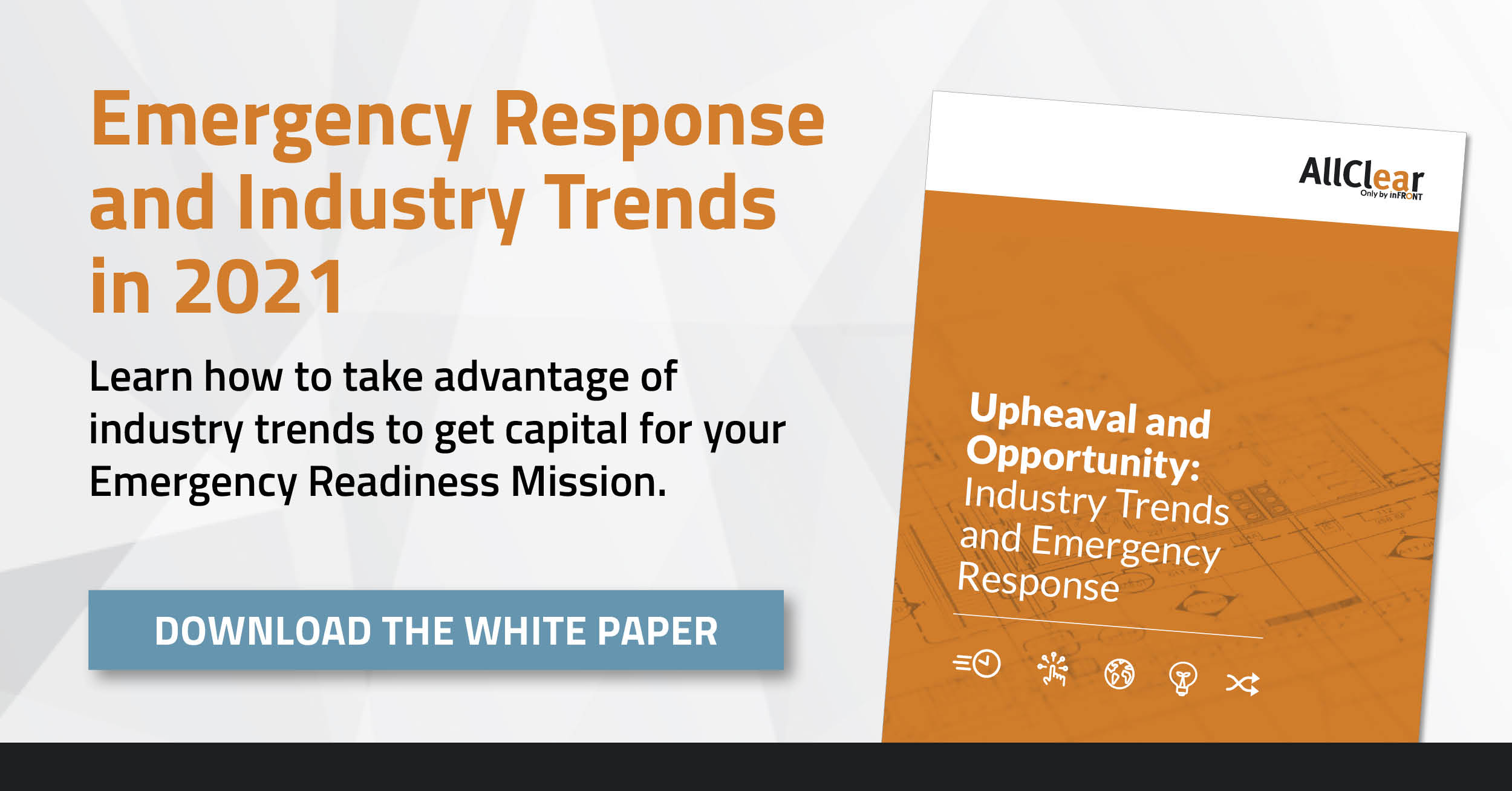
This blog is part one in a six-part series discussing how Digital Transformation will affect Emergency Preparedness. Throughout this series, we explore how Digital Transformation is helping to positively impact Emergency Readiness in the Petrochemical and Refining sectors.
Blog Series Introduction: Emergency Preparedness and Digital Transformation
As we examine how to best prepare for Digital Transformation in Emergency Response, it helps to start by asking the right questions:
- How ready is my site or organization right NOW?
- How many people are there onsite?
- What do I know about each person? (employer, last known location, current location, etc)
- What Emergency Response resources and skills do I have available right now?
- What responders do I have in the “Hot Zone?”
- What equipment do I have available? What is the status or readiness of that equipment?
There are other questions, of course. But this is an excellent starting place.
When examining Digital Transformation, it is also useful to ask from what and to what we are transforming.
Current State
If our goal is answering question #1, “How ready am I RIGHT NOW,” then it stands to reason that a single source of information, a dashboard, portal, or some similar tool must be available to gather and present accurate information about the readiness of the site or organization.
At most high hazard facilities, including petrochemical and refining sites, some of the information above is available. However, in most cases, it is challenging to find due to existing disparate sources, or required manual processes. The current digital tools available allow for a single source of information. The excel spreadsheet for the emergency response team, the badge holder information from an access control system, the current state of things from a weather app, the names and companies from all the work being done in high hazard units, the “age-old brass tag” system for hot zone entry and several other key pieces of information can either be replaced or funneled into a single screen. Benchmarks can be set for resource management for emergency readiness. Information can be integrated to provide safety and emergency leadership with key input for hydration in extreme heat, shelter ahead of a tornado or a possible toxic release.
The current state of tech already allows for all this information (and more) to be gathered and displayed in a single place.
The Near Future State
In talking with operational and site leadership, we often hear the dream of “Real-time tracking” of all personnel. “I want to know where they are and what they’re doing all the time.”
There are pros and cons to this philosophy. Obviously, there could be substantial productivity and safety gains if the dream of personnel tracking ever became real. On the other hand, there are legal and privacy concerns, not to mention technology challenges to overcome.
The biggest obstacle to adoption for this technology, thus far, has been cost. But, as has been proven over many cycles, technology will get better and cheaper as time passes.
There are some tools already in use for “worker down” and for basic geofencing. RFID, GPS, and other location technologies are available as part of radio communication devices, gas monitors, etc. These have some immediate benefits, but cost considerations and information availability can limit the effectiveness.
This brings us back to the single source of information mentioned above. If the gas monitor triggers an alarm, for example, I MUST know that the worker and location information is accurate. I need to be able to know exactly where to look to get accurate and immediate information about the person and his/her location. The same holds true for a worker down feature on a two-way radio. Each device must be assigned to only one worker and, like the current use of access badges, must identify only that person. Otherwise, emergency personnel may be responding to the wrong information.
The Longer-Term Future
Biometric technology on heart rate, physical orientation (vertical vs horizontal), body temperature, etc. is available now in some industries. I know an elderly man who fell on the ice and snow and was unable to get himself out of the situation. His smartwatch has an emergency response feature which was initiated when he fell. First responders arrived within minutes because he fell and did not respond to their calls inquiring about his fall.
This technology, while very effective and reliable in a home or office setting, won’t easily transfer into our hazardous world. We carry the solemn responsibility to protect human life. Therefore, every new technology presents a risk and must be carefully vetted. One day this same technology will be available in high hazard facilities. Right now, however, technology, reliability, intrinsic safety, and cost considerations need to be overcome.
Conclusion
Regardless of how far they are along the technology adoption curve, sites and organizations should consider a way to consolidate human safety information so that Emergency Responders have an accurate, easy to use and always available source for readiness.







